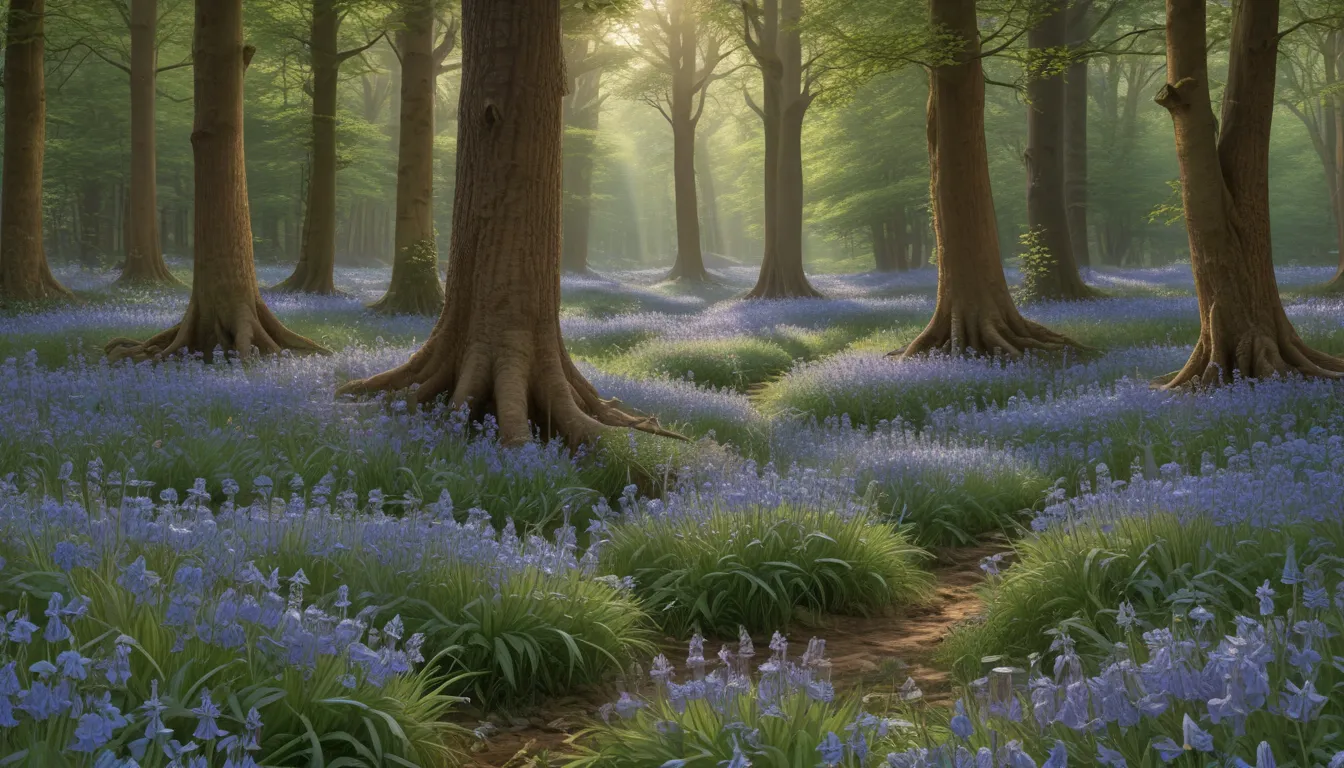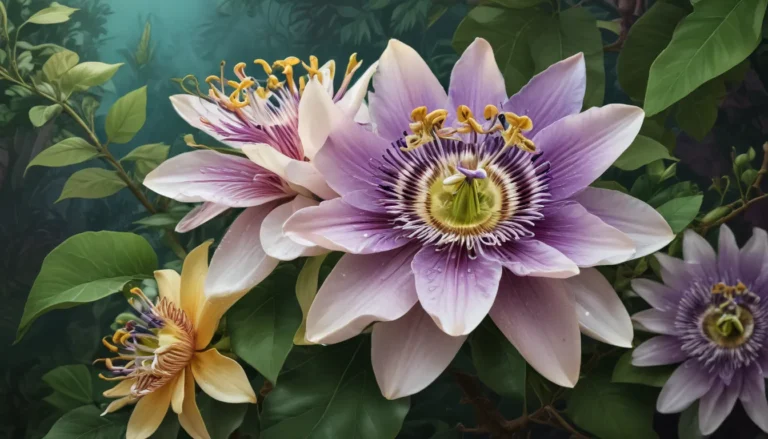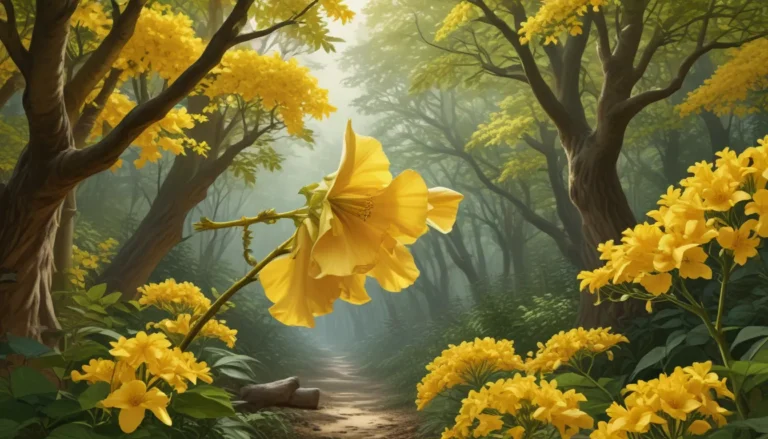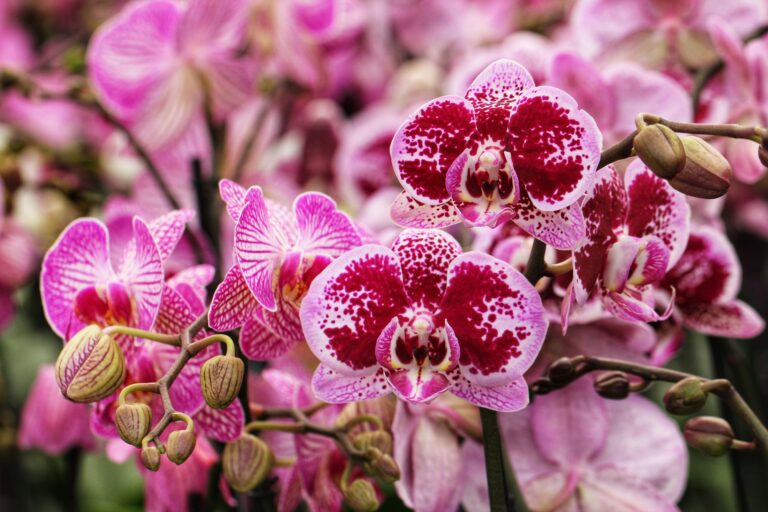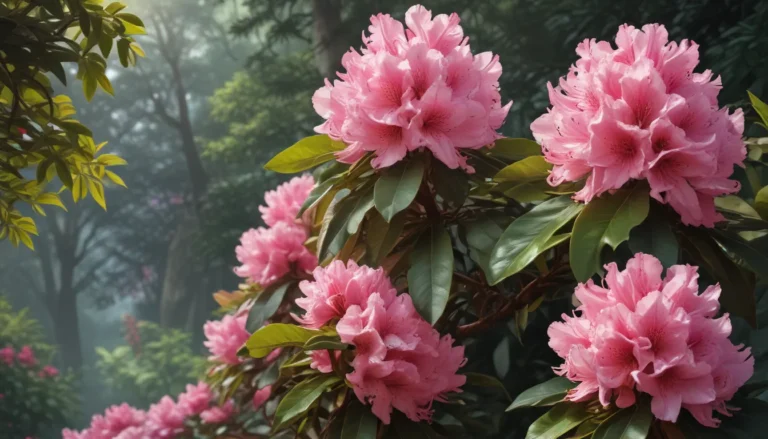The pictures we use in our articles might not show exactly what the words say. We choose these pictures to make you interested in reading more. The pictures work together with the words but don’t take their place. The words still tell you the important facts.
English Bluebells, with their delicate petals and vibrant blue hues, are a quintessential symbol of the British countryside. Rooted in ancient woodlands, these captivating flowers have a rich history and a vital role in our ecosystem. Join us as we delve into 18 fascinating facts about the English Bluebell, exploring its unique appearance, cultural significance, and importance in nature.
Unveiling the Beauty of English Bluebells
The English Bluebell boasts slender stems reaching about 30cm in height, adorned with graceful drooping clusters of bell-shaped flowers. Their distinct shade of vibrant blue sets them apart, adding to their enchanting allure.
A Tale of Native Woodlands
Primarily found in ancient woodlands across England, these flowers create breathtaking carpets of blue during the spring. Their presence signifies the arrival of warmer weather and the renewal of nature's cycle.
Cherished and Protected by Law
Protected under the Wildlife and Countryside Act in the UK, English Bluebells are safeguarded from intentional uprooting in the wild. This legal protection ensures their conservation for future generations to admire and enjoy.
Fragrance that Mesmerizes
The alluring scent of English Bluebells is a magnet for various pollinators, including bees and butterflies. Their sweet fragrance fills the air, beckoning insects to partake in nature's intricate dance of pollination.
Symbolic Significance
Representing humility, gratitude, and everlasting love, English Bluebells hold a special place in cultural symbolism. Often featured in wedding ceremonies and floral arrangements, they embody the essence of nature's beauty and grace.
Tales from Folklore and Superstitions
In folklore, English Bluebells are believed to grant the ability to communicate with fairies when worn as a wreath. However, superstitions warn against bringing them indoors, as it may invite bad luck.
National Pride and Emblem
As the national flower of England, English Bluebells symbolize the country's natural heritage and charm. Their presence in woodlands and meadows is a testament to the beauty of the British landscape.
Thriving in Shaded Serenity
Thriving in damp and shaded environments, English Bluebells prefer woodlands, meadows, and hedgerows as their preferred habitats. Their adaptability allows them to naturalize in various settings, including gardens and urban spaces.
Conservation Efforts and Challenges
Facing threats from habitat loss and hybridization with non-native species, English Bluebells are in need of conservation efforts to preserve their genetic purity. Initiatives aim to protect these iconic flowers and maintain their presence in our ecosystems.
Medicinal and Culinary Potential
While English Bluebells have been historically used in traditional medicine for their diuretic and anti-inflammatory properties, caution is advised as they are toxic when ingested. Their allure to wildlife and insects makes them a vital component of the ecosystem.
Magnificent Mass Blooms
During mid to late spring, English Bluebells create a mesmerizing carpet of blue, transforming woodland floors into enchanting vistas. Their collective bloom signifies the arrival of spring and the vibrant resurgence of nature.
Bridging Species Boundaries
In cases of cross-pollination with Spanish Bluebells, English Bluebells can produce hybrid plants with characteristics of both species. This genetic interchange adds to their adaptability and resilience in changing environments.
Guardian Angels for Pollinators
Bumblebees, with their long tongues, play a pivotal role as primary pollinators of English Bluebells. Their partnership ensures the continued survival and proliferation of these delicate flowers in our ecosystems.
Inspired Creations in Art and Literature
Inspiring artists, poets, and writers for centuries, English Bluebells have left an indelible mark on creative expression. Their beauty and elegance serve as muse for countless works of art and literature, capturing the essence of nature's allure.
In conclusion, English Bluebells stand as a testament to nature's beauty and resilience. Their captivating presence in woodlands and meadows reminds us of the delicate balance in our ecosystems and the importance of preserving our natural heritage.
Exploring the Realm of English Bluebells
If you're enthralled by the charm of English Bluebells, why not delve deeper into the secrets of temperate woodlands and their diverse inhabitants? Immerse yourself in the magic of springtime, where bluebells reign supreme, painting landscapes with their vibrant hues. For a closer look at Hyacinthoides non-scripta, the scientific name for common bluebells, uncover more surprising facts and marvel at nature's intricate wonders.
Embracing Knowledge and Authenticity
At the heart of our commitment lies a dedication to providing trustworthy and engaging content. Each fact shared is a culmination of contributions from real users like you, bringing a wealth of insights and information. Our rigorous editorial process ensures that every detail is not only fascinating but also credible. Trust in our pursuit of quality and authenticity as you embark on a journey of discovery with us.
English bluebells are a true wonder of nature, captivating hearts with their enchanting beauty and rich history. Let's continue to appreciate and protect these remarkable flowers for generations to come.
